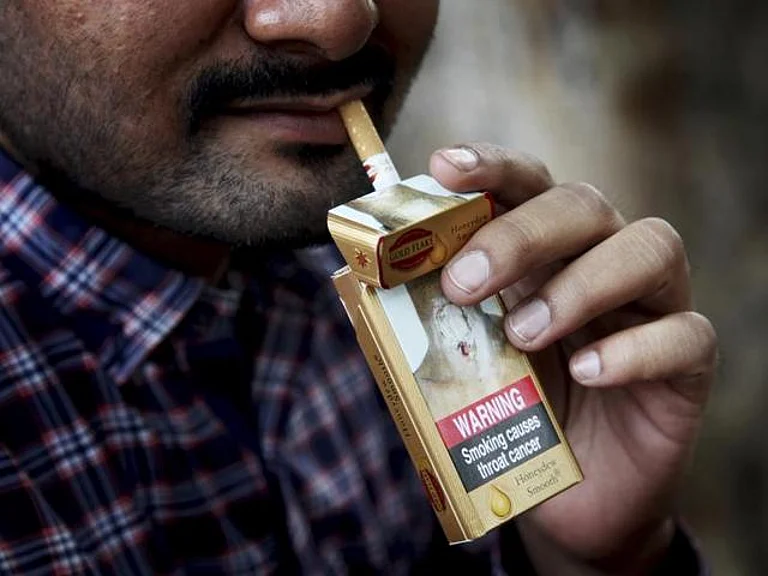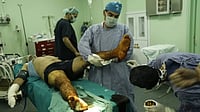In 2016, researchers at the Sheri Kashmir Institute of Medical Sciences, Srinagar (SKIMS) initiated a study on the health of the tribal population in Jammu and Kashmir. They began with the prevailing notion in J&K that these communities live a happy and healthy life without any disease. The perception is based on the constant movement of the tribals from mountains to jungles, commuting with their livestock from Jammu to Kashmir in summers and back during winters. They are also lean and thin, always seen climbing mountains and this gives the impression they might be free from diabetes, cholesterol, and other diseases. However, the findings are different. They are facing lifestyle diseases and much more. Eighty per cent of them have high cholesterol.
The study, named the Tribal Project, initiated by the Indian Council of Medical Research (ICMR), aimed to investigate healthcare gaps within the tribal populations across ten states. In J&K, it is presently conducted jointly by the All India Institute of Medical Sciences (AIIMS) and the SKIMS. Now in the final stages of publication, the research has shattered many myths prevailing about the happy life of the tribals.
The study found that tribals have limited accessibility to healthcare facilities as their residence in remote, high-altitude areas makes reaching health and wellness centres a significant challenge. In places where health centres and medical professionals are available, many tribals give up on medicine as they say they cannot afford the prescribed medications. Some also prefer traditional faith healers resisting modern medicine.
According to the 2011 Census, the Scheduled Tribe comprises more than 14 lakhs of the total 1.25 crore J&K population. The Gujjars and Bakerwals, the largest tribes, are concentrated in the Poonch, Rajouri, Dooda, Reasi, Ganderbal, Anantnag, and Shopian districts.
Dr. Mohd Ashraf Ganie, Professor of Endocrinology and Metabolism at SKIMS, says a substantial portion of the population is exposed to smoke, with practices like hooka prevalent among both men and women. The use of firewood for cooking contributes to indoor air pollution, leading to Chronic Obstructive Pulmonary Disease (COPD). Inadequate housing conditions are prevalent among these tribes, where poor ventilation leads to health risks, says Dr. Ashraf.
"Smoking rates are alarmingly high among them. They are also victims of both active and passive smoke exposure, leading to a number of chest diseases, with COPD being a predominant one," says Dr Ashraf, the lead author of the study, who has dedicated several years to studying the tribal population in Jammu and Kashmir.
The study also found that tribals have very poor sanitation as most of them prefer open defecation, and treated water is not available to them. The primary aim of the research project was to assess the prevalence of non-communicable diseases among this tribal group. The tribal population commonly suffers from infectious diseases, but the study discovered other health issues like diabetes. While the prevalence of diabetes is at a two per cent level like Europeans, a significant number of tribals have pre-diabetes, even though they're lean and thin.
Many of them also struggle with high cholesterol, with around 80 per cent experiencing dyslipidemia. This could be linked to their diet, mainly dairy, and might also involve genetic factors. High blood pressure is prevalent among them, and their lack of medication and irregular medication patterns further worsen their condition.
In five districts of the Valley, 44.3 per cent of the sampled tribal population was found to have high blood pressure, and seven per cent urgently needed hospitalization due to this condition. Despite their active lifestyle and sun exposure, they surprisingly have low levels of Vitamin D. Thyroid problems are common among them, and many suffer from iodine deficiency despite consuming salt tea. It indicates salt they consume has insufficient iodine content.


























